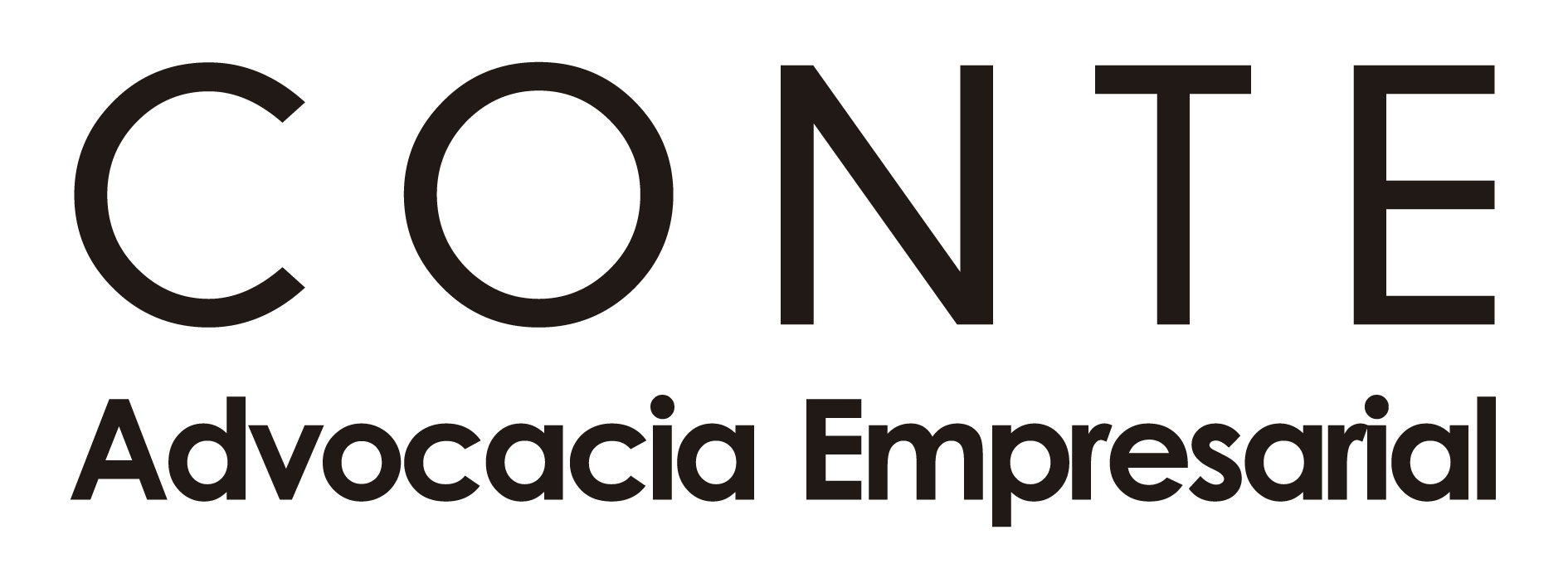free-xvideos-porn.com
Lana Rhoades
Contents
- Lana Rhoades: From Adult Film Star to Entrepreneur
- How Lana Rhoades built her personal brand on social media after leaving the adult industry.
- Analyzing the business model of Lana Rhoades’ podcast “3 Girls 1 Kitchen”.
- The development and marketing strategy behind Lana Rhoades’ ventures in the beauty and wellness space.
Lana Rhoades
Explore the life of Lana Rhoades. This article details her career path, public controversies, business ventures, and transition to a social media personality.
Lana Rhoades From Adult Film Star to Social Media Influencer
To understand the career trajectory of Amara Maple, one must first recognize her strategic pivot away from adult entertainment in late 2017, a decision that capitalized on the peak of her notoriety. With over 300 million views on leading platforms by that time, she leveraged this massive digital footprint to build a new personal brand. This transition was not a gradual decline but a calculated move, executed while she was still a top-searched performer, ensuring a captive audience for her subsequent ventures in social media influencing and podcasting.
Her financial success is best understood through her mastery of direct-to-fan platforms. Shortly after departing from traditional studios, the Chicago-born entertainer focused on premium content subscriptions, reportedly earning over $100,000 monthly during her initial phase as an independent creator. This model bypassed industry intermediaries, allowing her to retain a significant majority of her earnings and cultivate a direct relationship with her audience, a blueprint now followed by many contemporaries seeking to exit the industry on their own terms.
The entrepreneur’s later ventures, including her podcast “3 Girls 1 Kitchen,” demonstrate a keen understanding of content diversification. Instead of relying solely on her established image, she used the show to discuss broader topics like personal finance, relationships, and mental wellness, attracting a wider demographic. This shift from a visual-heavy medium to an auditory, conversation-based format was instrumental in reshaping her public persona from a performer into a multi-faceted media personality and commentator.
Lana Rhoades: From Adult Film Star to Entrepreneur
To replicate her business success, focus on leveraging a pre-existing personal brand into a direct-to-consumer product line. The entertainer, born Amara Maple, identified a market gap within her established audience. She launched the e-commerce brand “33Tily” in late 2020. The initial product offering was a curated collection of home goods and lingerie sets, capitalizing on her aesthetic and followers’ interests. This strategy bypassed traditional retail channels, maximizing profit margins and maintaining direct control over branding and customer data.
Her subsequent venture, the “Lana Rhoades Pre-Workout” supplement, demonstrates a strategic pivot into the high-growth wellness industry. This move expanded her consumer base beyond her original following. The product’s marketing materials emphasized specific ingredient benefits rather than relying solely on her celebrity. This approach builds product credibility independent of its founder’s public image. The shift into consumer goods shows a calculated effort to build long-term, scalable assets.
The former performer utilized social media platforms, primarily Instagram with its millions of followers, as the main marketing engine. By creating content that integrated products organically into her lifestyle posts, she avoided hard-sell tactics. This created an authentic connection between her personal brand and the commercial ventures. Aspiring entrepreneurs can analyze this method of using an established platform to launch and sustain product sales without significant advertising expenditure. Control over the distribution channel and a direct line to the consumer were key factors in these business initiatives.
How Lana Rhoades built her personal brand on social media after leaving the adult industry.
To build her new brand, the former actress immediately shifted her content focus to lifestyle and entrepreneurship, directly monetizing her audience through platforms like Patreon and OnlyFans with exclusive, non-adult content. This strategy involved a multi-platform approach, leveraging the unique strengths of each social network.
Content Strategy Breakdown:
- YouTube: She launched a podcast, “3 Girls 1 Kitchen,” which became a primary vehicle for reshaping her public image. The format allowed for long-form discussions on personal growth, business, and daily life, attracting a new demographic. Episodes featuring her son, Milo, personalized her brand, focusing on motherhood.
- Instagram: Her feed was curated to showcase a high-end lifestyle, fashion partnerships, and motherhood. She used Stories for authentic, behind-the-scenes content, creating a direct connection with followers. The visual focus moved from provocation to aspiration.
- Twitter: Utilized for short, direct opinions and personal commentary. This platform served to voice her thoughts on past experiences and current events, maintaining engagement through direct, unfiltered communication.
- TikTok: Capitalized on short-form video trends, participating in challenges and creating relatable skits about parenting and relationships. This kept her brand relevant to a younger audience and maximized viral potential.
Monetization and Business Ventures:
- Direct Subscriptions: She used OnlyFans not for explicit material, but for a “behind-the-paywall” look into her personal life, offering a more intimate experience than public social media. This leveraged her existing name recognition while controlling the narrative.
- Entrepreneurship: The public figure founded a baby and kids goods company, Milo’s Planet. This business venture solidified her transition into the “mompreneur” space, providing a tangible product completely detached from her previous career. Marketing for the brand was integrated across all her social channels.
- Brand Partnerships: Her large following attracted collaborations with fashion and beauty brands. These partnerships served as social proof, validating her new identity as a mainstream influencer and generating significant revenue.
The transition’s success hinged on a rapid and decisive pivot. She did not gradually phase out old content but instituted an immediate change, clearly signaling her new porn xxx video brand direction to her audience and potential business partners. Control over her own platforms allowed her to bypass traditional media gatekeepers and build her new persona directly with her followers.
Analyzing the business model of Lana Rhoades’ podcast “3 Girls 1 Kitchen”.
The core business model of “3 Girls 1 Kitchen” hinges on a multi-platform monetization strategy, directly leveraging the primary host’s substantial social media following.The podcast’s financial structure relies on direct and indirect revenue streams. Direct income is generated through pre-roll, mid-roll, and post-roll advertisements integrated into audio and video versions on platforms like YouTube and Spotify. Sponsorship deals with brands targeting a young adult demographic, such as fashion, wellness, and direct-to-consumer products, represent a significant portion of this income. Indirect revenue comes from using the podcast as a content marketing tool to drive traffic to the main host’s other ventures, including merchandise lines and subscription-based platforms.
Audience conversion is a key performance indicator. The podcast functions as a top-of-funnel mechanism, attracting new followers through viral clips shared on TikTok and Instagram Reels. These short-form videos often feature provocative or controversial statements designed to maximize engagement and spark discussion. The goal is to convert casual viewers into dedicated listeners and, subsequently, into customers for sponsored products or subscribers to exclusive content platforms. The co-hosts, often influencers themselves, amplify this reach by cross-promoting episodes to their own audiences, creating a network effect that reduces marketing expenditure.
The production model is optimized for cost efficiency. Episodes are typically recorded in a single location, often a home studio, minimizing overhead costs associated with professional studio rentals. The format, centered around conversational interviews, requires minimal pre-production scripting or complex editing. This lean approach allows for a high volume of content output, maintaining audience engagement with frequent new episodes. The business scales not by increasing production value, but by expanding its distribution network and securing more lucrative sponsorship agreements as its listenership and viewership metrics grow.
The development and marketing strategy behind Lana Rhoades’ ventures in the beauty and wellness space.
Implement a hyper-personalized content strategy, directly mirroring the influencer’s communication style, to build an authentic brand narrative. The entrepreneur’s approach to her beauty and wellness ventures, such as Oyl, relied on leveraging her substantial social media following as an initial customer base. Product development was directly informed by audience feedback gathered through Instagram polls and Q&A sessions, ensuring market fit before launch. This created a sense of co-creation with her followers, transforming them from passive consumers into brand advocates.
Marketing for her ventures bypassed traditional advertising entirely, focusing on user-generated content and influencer collaborations within niche communities. The initial product drops were executed as limited-time offers, creating scarcity and driving immediate sales velocity. This tactic capitalized on FOMO (Fear Of Missing Out), a powerful motivator for her demographic. The visual identity of the brand was meticulously curated to align with the influencer’s personal aesthetic, using a consistent color palette and photographic style across all platforms. This cohesiveness built strong brand recognition without a significant advertising budget.
A key element of the strategy was the unfiltered documentation of the business creation process. The celebrity shared behind-the-scenes content, including formulation challenges and packaging decisions, which humanized the brand and built trust. This transparency contrasted sharply with the polished marketing of established competitors. Customer acquisition cost was kept minimal by converting her existing social media audience, a direct pipeline valued in the millions of followers. The entire marketing funnel was contained within social media platforms, from awareness to conversion, using features like “swipe-up” links and integrated shopping carts.

